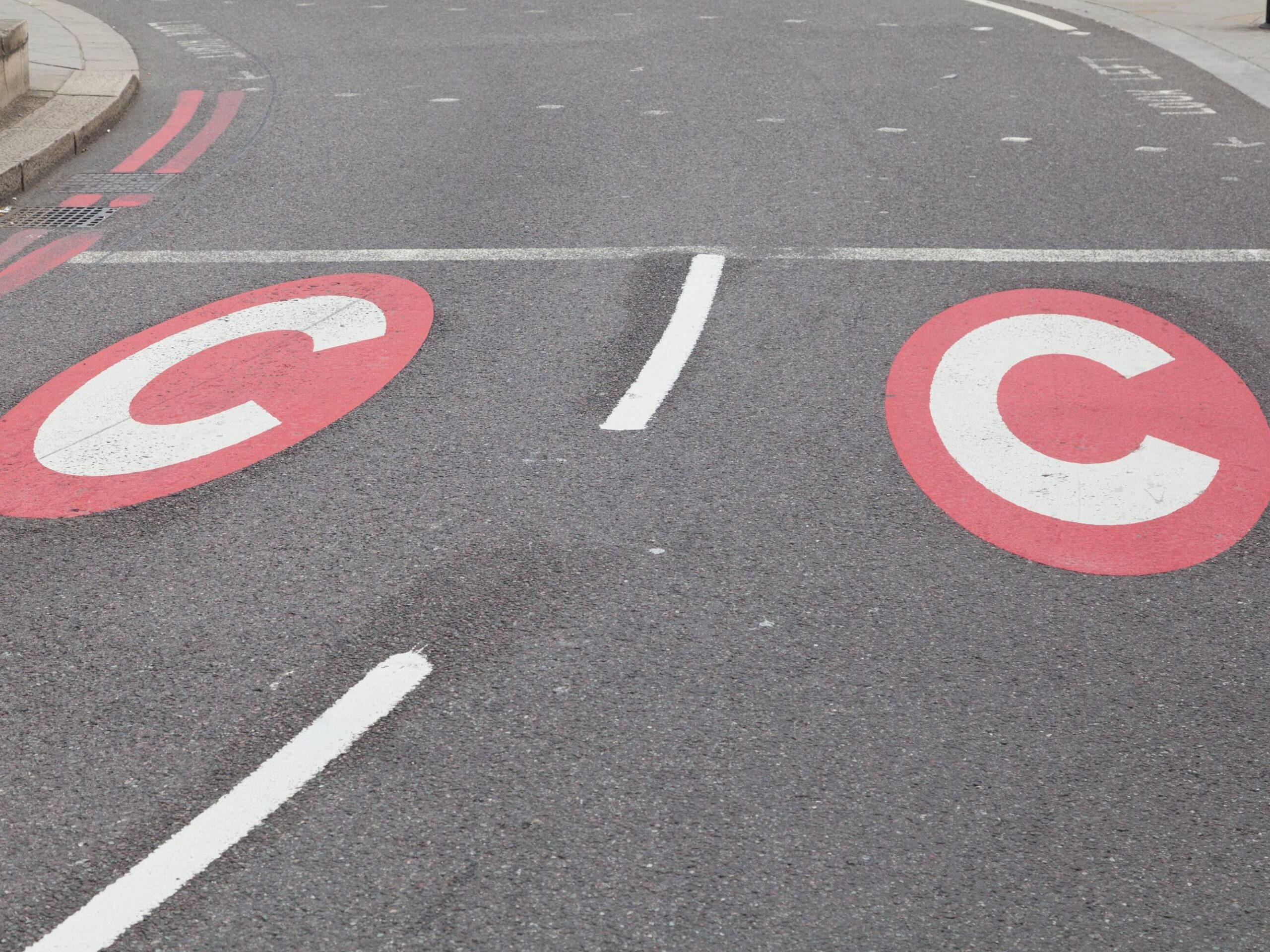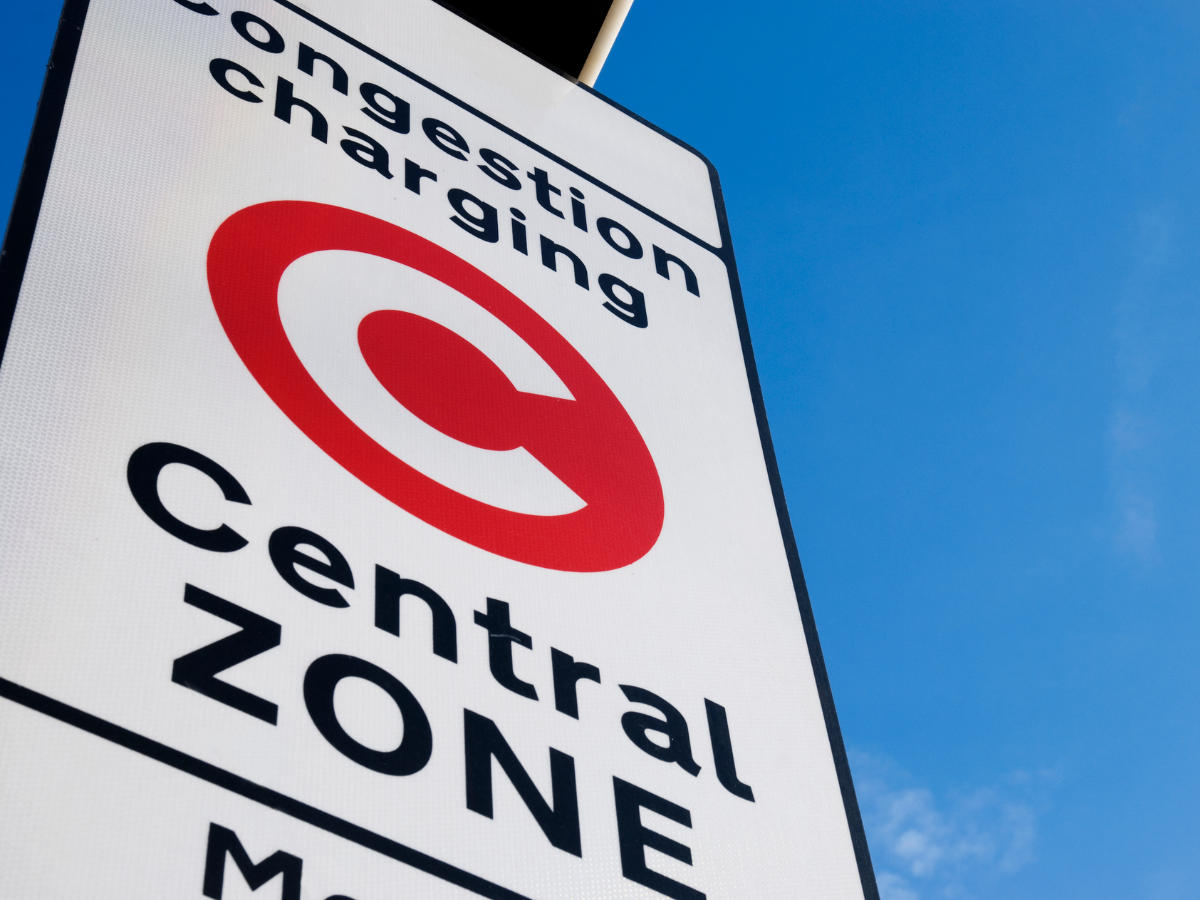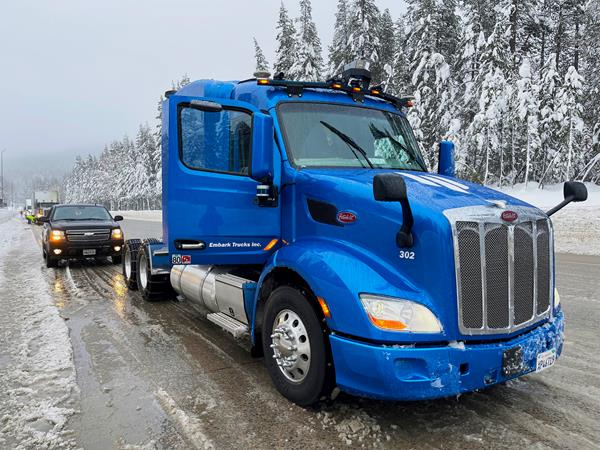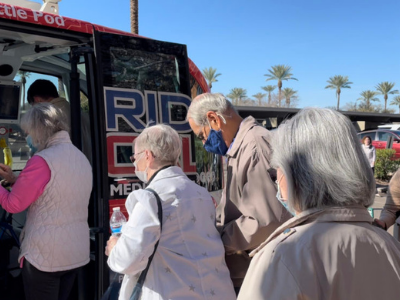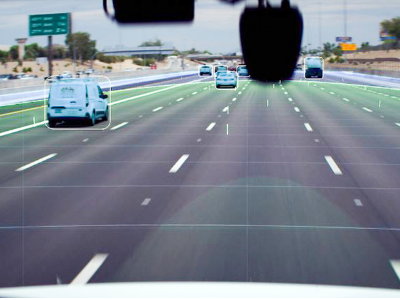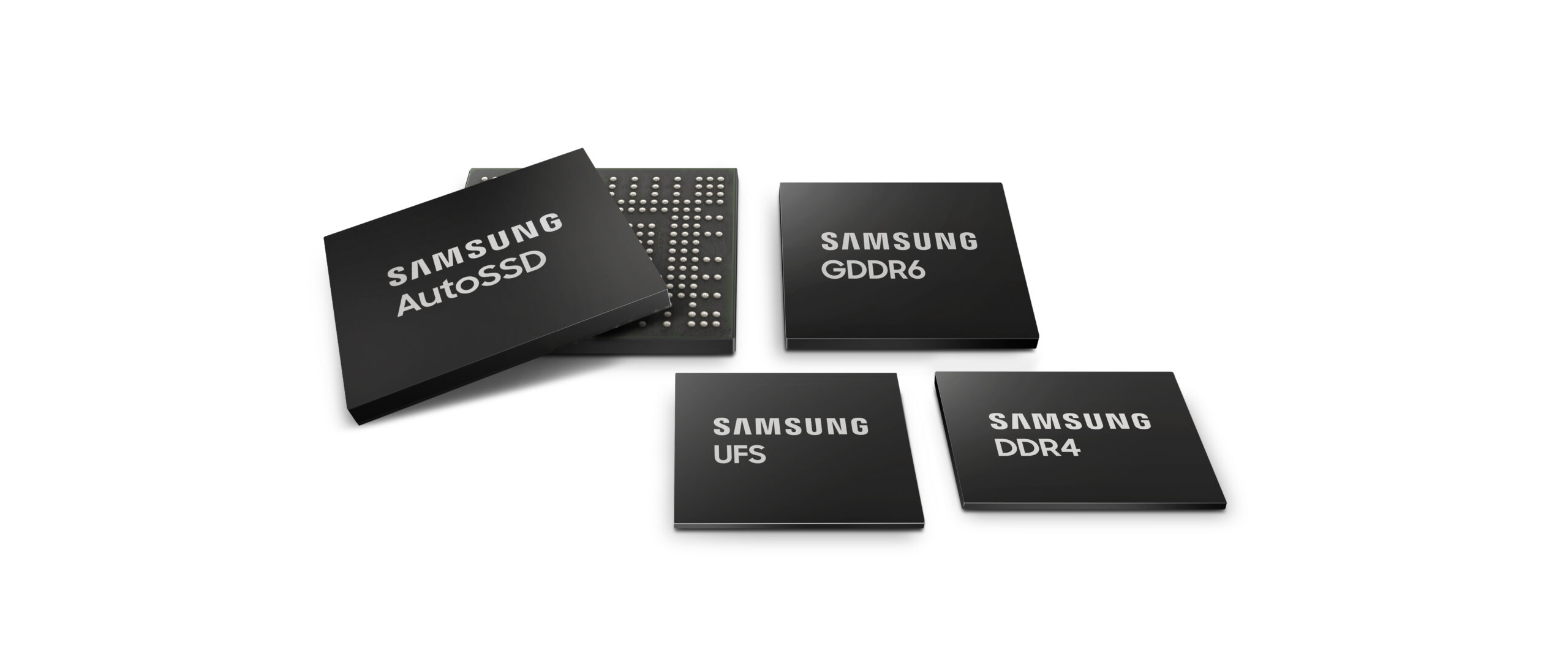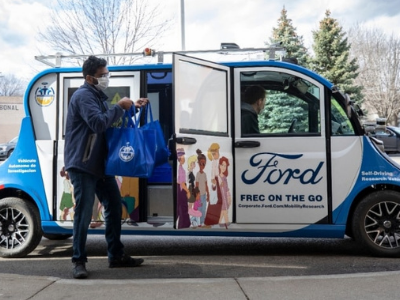IIHS Creates Safeguard Ratings for Partial Automation
The Insurance Institute for Highway Safety is developing a new ratings program that evaluates the safeguards that vehicles with partial automation employ to help drivers stay focused on the road.
The safeguards will be rated good, acceptable, marginal or poor. To earn a good rating, systems will need to ensure that the driver’s eyes are directed at the road and their hands are either on the wheel or ready to grab it at all times. Escalating alerts and appropriate emergency procedures when the driver does not meet those conditions will also be required.
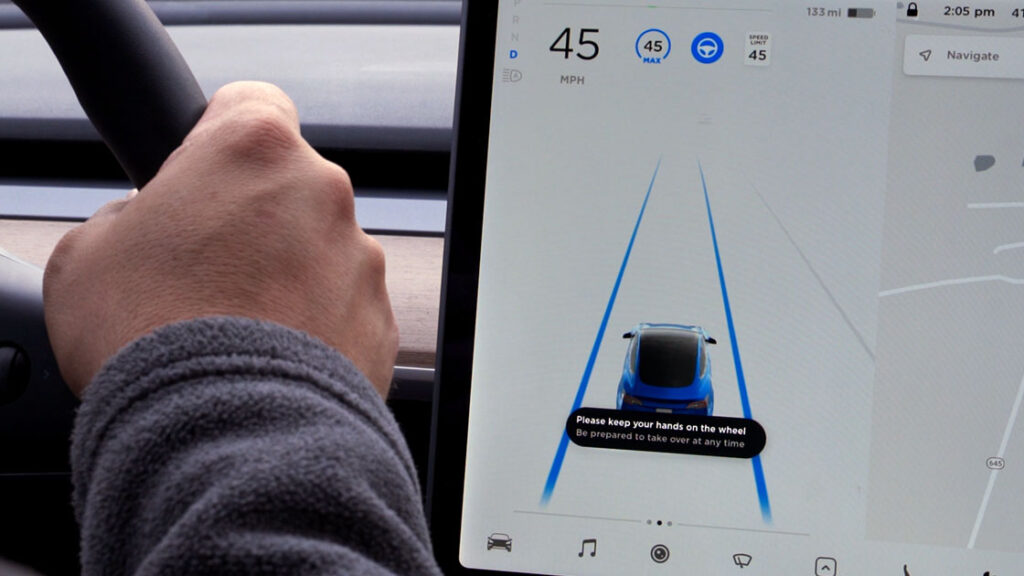
IIHS expects to issue the first set of ratings in 2022. The precise timing is uncertain because ongoing supply chain woes in the auto industry have made it more difficult to obtain vehicles for testing.
IIHS President, David Harkey, said:Partial automation systems may make long drives seem like less of a burden, but there is no evidence that they make driving safer. In fact, the opposite may be the case if systems lack adequate safeguards.
The need for driver monitoring and attention reminders has become apparent to many safety advocates. Consumer Reports has announced it will begin awarding points for partially automated driving systems, but only if they have adequate driver monitoring systems, and will factor in IIHS safeguard ratings once they are available.
Despite misleading messaging from some manufacturers, for now, at least, self-driving cars are not available to consumers. What many vehicles on the market do have is partial automation. The human driver must still handle many routine driving tasks that the systems aren’t designed to do. The driver also has to monitor how well the automation is performing its tasks and always be ready to take over if anything goes wrong. While most partial automation systems have some safeguards in place to help ensure drivers are focused and ready, none of them meets all the pending IIHS criteria.
Today’s partial automation systems — which are marketed under various names, such as Autopilot, Pilot Assist and Super Cruise — use cameras, radar or other sensors to “see” the road. The ones currently on the market combine adaptive cruise control (ACC) and lane centering with various other driver assistance features. ACC maintains a driver-selected speed but will automatically slow to keep a set following distance from a slower moving vehicle ahead and then accelerate when the way is clear. Lane centering continuously adjusts the steering to help the driver keep the vehicle centered in the travel lane. Automated lane changing is also becoming more common.
So far, even the most advanced systems require active supervision by the driver. However, some manufacturers have oversold the capabilities of their systems, prompting drivers to treat the systems as if they can drive the car on their own. In egregious cases, drivers have been documented watching videos or playing games on their cellphones or even taking naps while speeding down the expressway.
One of the most heavily publicized fatal crashes to result involved a Tesla Model X in Mountain View, California, in 2018. The National Transportation Safety Board found that the driver was most likely distracted by a cellphone video game when the vehicle’s “Autopilot” system accelerated into a highway crash attenuator.
Deliberate misuse is not the only issue, says IIHS Research Scientist Alexandra Mueller, who is spearheading the new ratings program.
IIHS Research Scientist, Alexandra Mueller, said:The way many of these systems operate gives people the impression that they’re capable of doing more than they really are. But even when drivers understand the limitations of partial automation, their minds can still wander. As humans, it’s harder for us to remain vigilant when we’re watching and waiting for a problem to occur than it is when we’re doing all the driving ourselves.
No technology can determine whether someone’s mind is focused on driving. However, technology can monitor a person’s gaze, head posture or hand position to ensure they are consistent with someone who is actively engaged in driving.
The new IIHS ratings aim to encourage safeguards that can help reduce intentional and unintentional misuse. They do not address other functional aspects of the systems that could also potentially contribute to crashes, such as how well their cameras or radar sensors identify obstacles.
To earn a good rating, systems should use multiple types of alerts to quickly remind the driver to look at the road and return their hands to the wheel when they’ve looked elsewhere or left the steering unattended for too long. Evidence shows that the more types of alerts a driver receives, the more likely they will notice them and respond. These alerts must begin and escalate quickly. Alerts might include chimes, vibrations, pulsing the brakes or tugging on the driver’s seat belt. The important thing is that the alerts are delivered through more channels and with greater urgency as time passes.
If the driver fails to respond, the system should slow the vehicle to a crawl or stop, as well as notify a manufacturer concierge who can call emergency services if necessary. Once this escalation occurs, the driver should be locked out of the system for the remainder of the drive, until the engine is switched off and started again.
The criteria also include certain requirements for automated lane changes, ACC and lane centering. All automated lane changes should be initiated or confirmed by the driver, for instance. When traffic ahead causes ACC to bring the vehicle to a complete stop, it should not automatically resume if the driver is not looking at the road or the vehicle has been stopped for too long. And the lane centering feature should encourage the driver to share in the steering rather than switching off automatically whenever the driver adjusts the wheel, which effectively discourages them from participating in the driving.
Systems should also be designed to prevent drivers from using partial automation features when their seat belt is unfastened or when automatic emergency braking or lane departure prevention is disabled.
David Harkey, explained:Nobody knows when we’ll have true self-driving cars, if ever. As automakers add partial automation to more and more vehicles, it’s imperative that they include effective safeguards that help drivers keep their heads in the game.
Requirements for a good partial automation safeguard rating
- Monitors both the driver’s gaze and hand position
- Uses multiple types of rapidly escalating alerts to get driver’s attention
- Fail-safe procedure slows vehicle, notifies manufacturer and keeps automation off limits for remainder of drive
- Automated lane changes must be initiated or confirmed by the driver
- Adaptive cruise control does not automatically resume after a lengthy stop or if the driver is not looking at the road
- Lane centering does not discourage steering by driver
- Automation features cannot be used with seat belt unfastened
- Automation features cannot be used with automatic emergency braking or lane departure prevention/warning disabled
This article was originally published by the Insurance Institute for Highway Safety.




